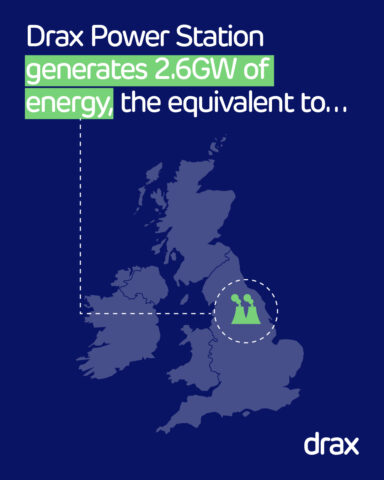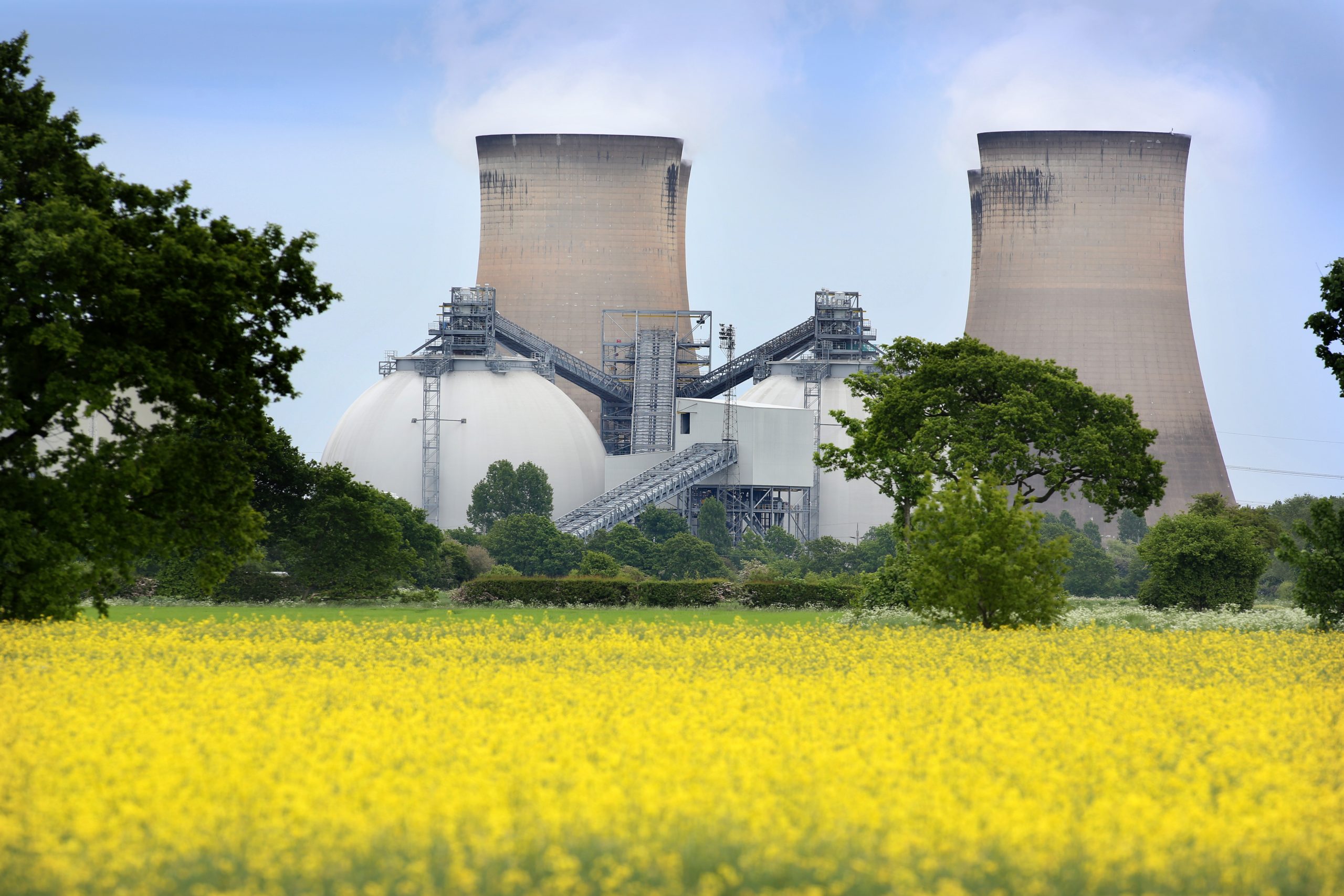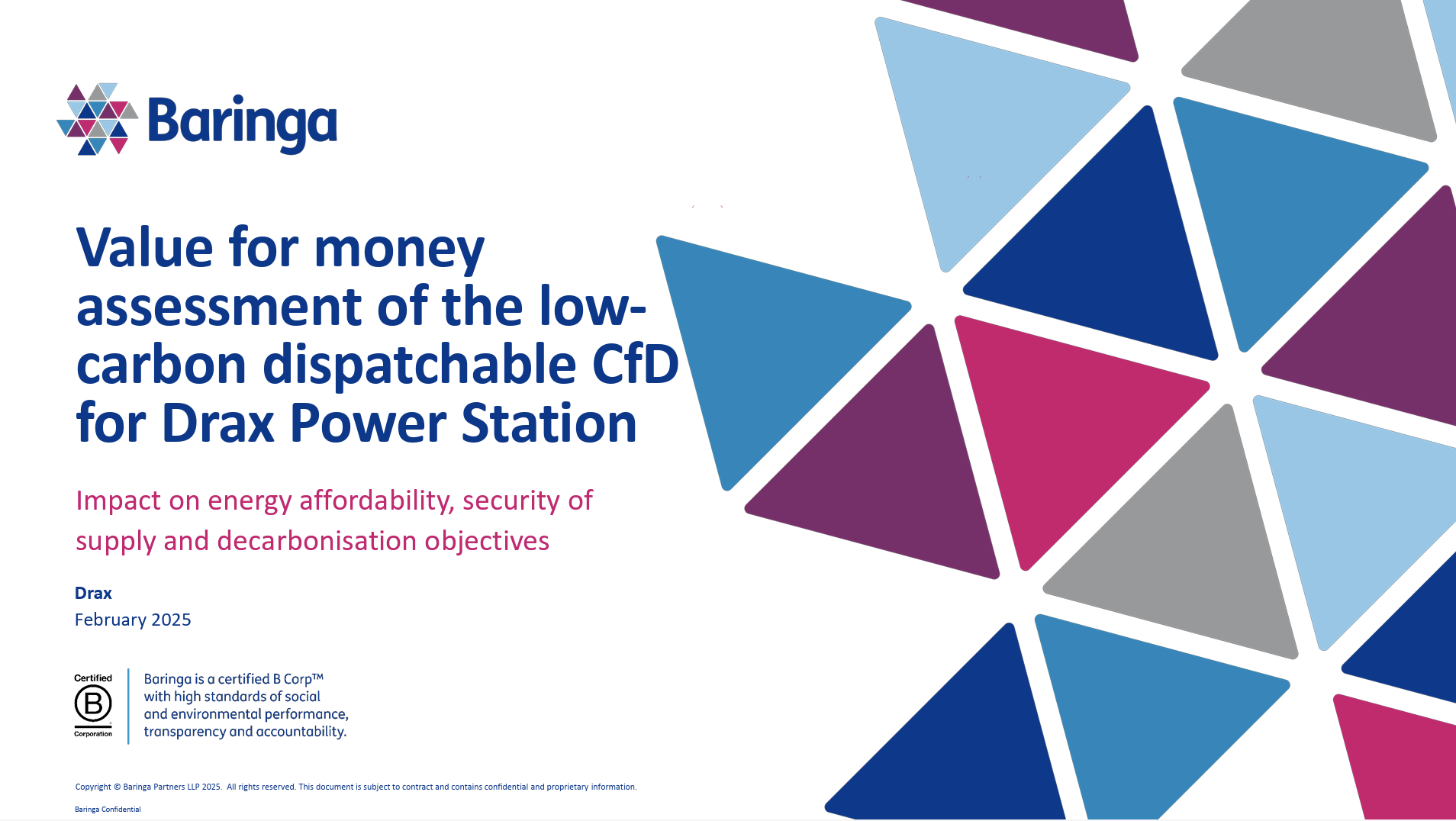How Drax Power Station supports UK energy security
Drax Power Station currently provides the grid with enough power for 5 million homes – equivalent to every home in London, or Wales and Scotland combined.
The power station generates energy from sustainable biomass and provides on average 5% of the UK’s energy annually. Drax’s biomass generation units can be turned up and down to balance out fluctuating supply from weather dependent renewables like wind and solar.
On gloomy, windless days, when output from wind and solar can dip dramatically, Drax steps in to increase generation and can generate 8% of the UK’s energy. This also avoids using more gas or imported power from abroad.



Our UK assets include:
Drax Power Station:
It has a capacity of 2.6GW capable of generating enough renewable electricity a year to power the equivalent of five million homes



Cruachan pumped storage hydro:
Cruachan can produce 440MW of renewable electricity – enough to power the equivalent of over 1.4 million homes.
Hydro-electric
schemes:
Based in Scotland, they have a combined capacity of 126MW – enough to power the equivalent of around 400,000 homes.
Energy Security in the news
Wind droughts show the need for low-carbon flexible generation

As our energy mix changes and a different weather challenge has been taking up the headlines, latest analysis from Electric Insights has revealed that the need for reliable low-carbon generation when the wind doesn’t blow and the sun doesn’t shine is becoming more important.
Government support for low-carbon dispatchable generation from 2027
The Government has announced a new support mechanism for sustainable biomass generation post-2027.
From 2027, Drax and other eligible large-scale biomass generators will be supported via a lowcarbon dispatchable CfD (Contract for Difference).

Recent Research

Keeping costs down for billpayers
- Following the recent UK Government announcement on a new support mechanism for sustainable biomass generation post-2027, Baringa analysis shows that this short-term support for Drax Power Station is expected to result in a net saving for consumers of between £1.6-3.1bn over the term of the agreement.
- In a scenario where gas prices spike similar to levels seen in 2022, the mechanism is expected to result in even higher savings of between £2.5-4bn.
- The UK energy system will increasingly need forms of electricity generation that can be used flexibly to serve demand when most needed.
- The support mechanism provides option value from potential future conversion to BECCS, which is projected to deliver savings of c.£15bn.
Mind the gap: Exploring Britain’s energy crunch by Public First
- By 2028 the UK’s demand for power is set to exceed secure dispatchable and baseload capacity by 7.5GW at peak times
- “Crunch point” is a result of delays in bringing new generation on to the system, increasing demand for power and upcoming retirement of existing assets
- Shortfall would leave UK more dependent on intermittent domestic and international generation
- Mitigation includes extending the use of existing nuclear and dispatchable generation, including biomass, and supporting reduction in peak demand


Electric Insights: Informing and enlightening the debate on Britain’s electricity
- Wind power became Britain’s largest source of electricity in 2024.
- Britain’s electricity demand grew at its fastest rate in over a decade.
- High demand and low wind output exposed our heavy reliance on gas as the prime source of flexibility, with impacts on power prices, energy security and emissions.
- The Government intends the UK to become a world leader in artificial intelligence (AI), which not only requires skills and investment, but also power.







